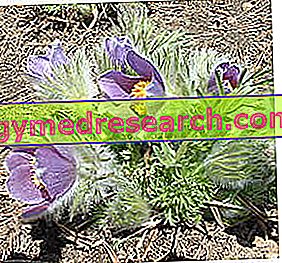Definition
An exanthema is a rash characterized by the appearance, on large areas, of irregular red spots and a combination of pustules, blisters and bubbles. Sometimes, macules, papules, crusts and flaking can also be found.
The rash is a typical manifestation of various infectious childhood diseases, such as scarlet fever, measles, rubella, chickenpox and the so-called fourth, fifth and sixth diseases (called exanthematous diseases). Exanthematic skin eruptions may also begin during diseases such as typhoid and syphilis.
Rashes can also result from toxic situations and allergic reactions to drugs or other substances.
Depending on the type of skin lesions that appear, it is possible to distinguish maculo-papular exanthema (eg measles), vesicular (eg varicella) and hemorrhagic (eg typhoid). The characters of the rash (number, size and distribution of skin lesions), the affected sites, the evolution over time and the appearance in relation to other symptoms are important aspects for the differential diagnosis.
Possible Causes * of exanthem
- Ebola
- Lassa fever
- Marburg hemorrhagic fever
- Fire of saint Anthony
- Leptospirosis
- Kawasaki disease
- Hand-foot-and-mouth disease
- Molluscum contagiosum
- Mononucleosis
- Measles
- Rubella
- Scarlet fever
- Sepsis
- Sixth disease
- Syphilis
- Typhus
- Smallpox
- chickenpox



